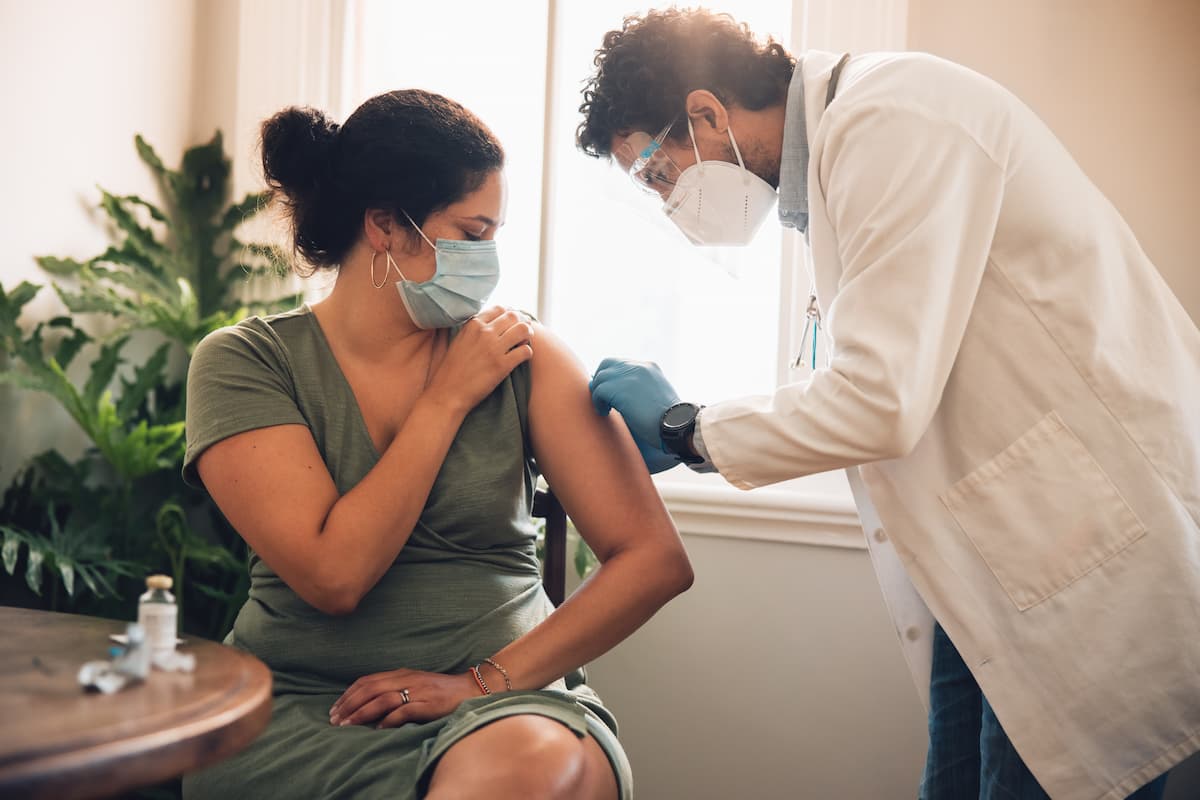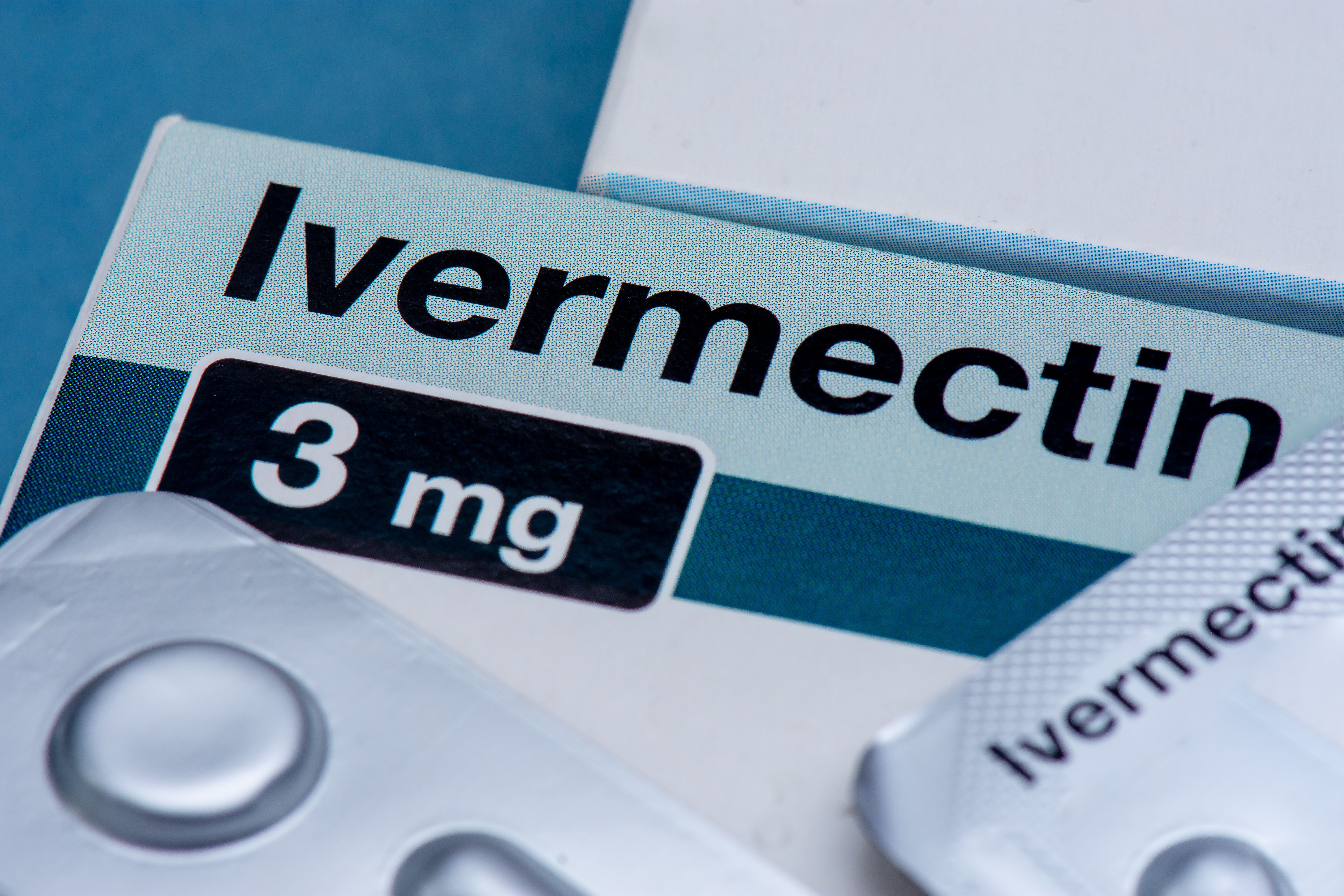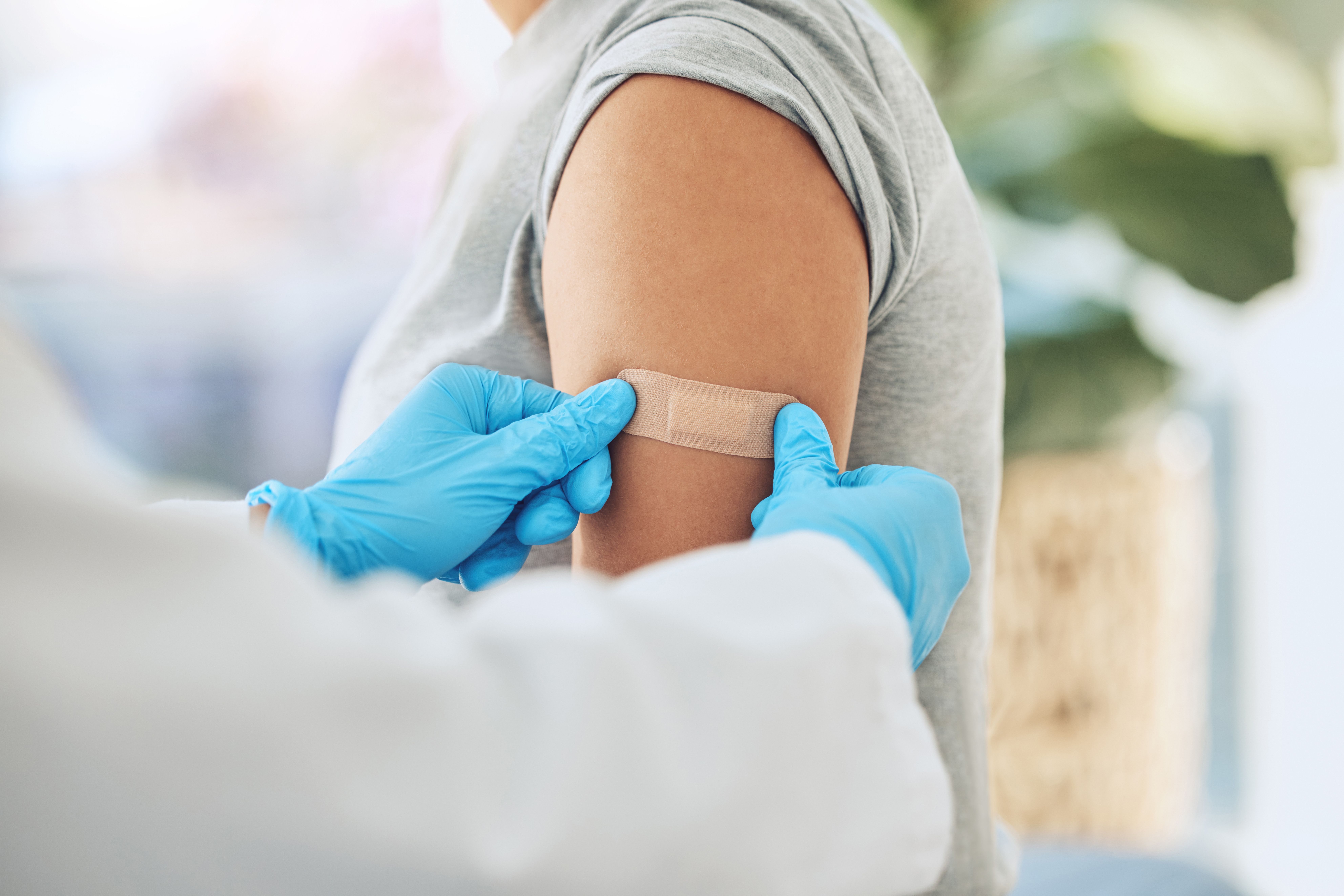Article
Tamper-Proof Pill Dispenser Could Reduce Medication Misuse
Author(s):
A team of engineers has developed a tamper-resistant pill dispenser aimed at eradicating medication misuse.
A team of engineers has developed a tamper-resistant pill dispenser aimed at eradicating medication misuse.
Four mechanical engineering alumni from the Whiting School of Engineering at Johns Hopkins University—Megan Carney, Joseph Hajj, Joseph Heaney, and Welles Sakmar—researched, designed, built, and tested the pill dispenser. Their device met various specifications, such as tamper resistance, personal identification capabilities, and a locking mechanism to only allow a pharmacist to load the device with pills.
“We as a team decided to upgrade the current pill dispensers on the market and make them more secure,” Carney told Pharmacy Times. “We realized that the current products claimed to be tamper-proof but could easily be broken into using household tools. Therefore, we designed our device to be tamper-resistant by any household tools, while also being personalized to the patient and easy to use.”
The developers, who were inspired by concerning CDC statistics on prescription painkiller abuse, sought to reduce the number of deaths related to prescription drug abuse.
The electric prototype of the device stands 9.25 inches tall. It uses a fingerprint sensor to ensure that only the patient receives the medication in the prescribed dosages.
The pill dispenser is capable of holding a month’s worth of a standard OxyContin dose (60 tablets total), although the students used Tylenol for the prototype.
“I don’t think we expected it to perform so well during testing,” Carney continued, noting that a local pharmacist was consulted for design and approach methods. “We gave the device to a colleague and had him try and open the device using any tool that we had available in our senior design lab. He tried for almost 30 minutes and couldn’t get the device open to gain access to the pills during that time.”
Andrea Gielen, team mentor and director of the Johns Hopkins Center for Injury Research and Policy at the Bloomberg School of Public Health, said in a press release that she hoped to see more test prototypes and to position the device as part of a larger consumer product safety initiative.
“We believe that our device will greatly improve the relationship between pharmacists and their patients. This is because we intended for the pharmacists or doctors to own the devices and give them to patients as needed,” Carney said. “The devices can be refilled, so when a prescription is finished, the patient would bring the device back to the pharmacy to be refilled as needed. This means that pharmacists will know and interact more with their patients because they will both be using the device.”
Newsletter
Stay informed on drug updates, treatment guidelines, and pharmacy practice trends—subscribe to Pharmacy Times for weekly clinical insights.

FDA Grants Full Approval to mRNA-1273 COVID-19 Vaccine in Children At Increased Risk




